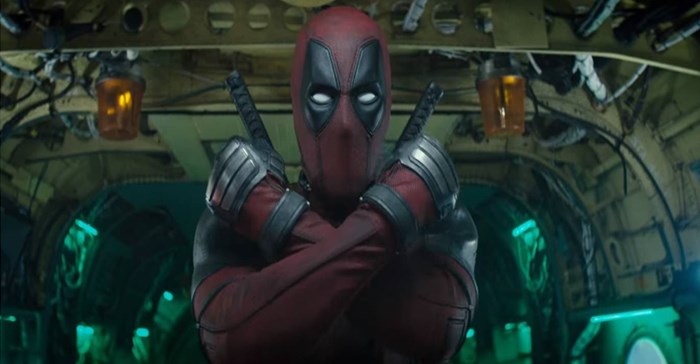
His sharp wit is matched only by his aim. The character, played by Ryan Reynolds, is irreverent - poking fun at popular culture, celebrities, and even the comic universe, breaking character (something that is usually frowned upon) to take aim at other big franchises.
The same irreverence found in the Deadpool movies characterised the marketing around the second instalment in the series.
Here is what we as communications professionals can learn from how Deadpool 2 was marketed:
Granted it’s not mainstream media but when Deadpool made an appearance on the Late Show, interrupting Stephen Colbert’s monologue, it was marketing gold. Funny, charming and just a little risqué, Deadpool was speaking straight to his audience, deftly blurring the lines between fiction and reality.
The lesson here is that sometimes we need to think of other ways of reaching audiences through the news.
eNCA took a novel approach to breaking the Fourth Estate wall just this month with leading political figures being given the opportunity to host an hour of news and grill members of the media and others about the day’s events.
In some cases it was highly successful, for example, the exchange between the People’s Bae Dr Mbuyiseni Ndlozi and former Business Day editor, Peter Bruce.
In other cases it was less so; General Bantu Holomisa’s disastrous monologue about fish.
But the point is millions of people tuned in to see what would happen. Maybe it’s time consultants started thinking about different, but authentic ways to land in the media space, other than just selling stories.
In the week preceding its Northern Hemisphere launch Deadpool started photobombing iconic film covers. People flocked to buy the “collector’s” items – and the mainstream media went crazy with coverage of the guerrilla marketing tactic.
There are two lessons here. The first is it is okay to break the rules (but not the law!). In fact, it should be encouraged.
The second is sometimes the simplest ideas are the best. No bells and whistles here, just some Deadpool printouts and a night of replacing covers. Genius.
In the first Deadpool movie, Ryan Reynolds’ character has some less than flattering things to say about David Beckham’s voice. The marketing team at Deadpool realised the power of partnering with Beckham – one of the world’s biggest brands himself – and produced a funny short film in which Deadpool visits Beckham in his London home begging for forgiveness.
The lesson is obvious. Brand synergies and partnerships can go a long way in helping you reach wider audiences and attracting new brand fans. Beckham has 49 million Instagram followers and 53 million likes on Facebook, where, incidentally, you can see the Deadpool video.
Eurovision is a big deal in, you guessed it, Europe; so why the uproar about Canada not being part of the 2018 version of the song contest? Because this year they let in Australia but “snubbed” Canada. Cue this hilarious video from the Deadpool marketing team:
Newsjacking is not a new thing in communications. It’s a technique brands use to insert themselves into the biggest news stories of the moment, even though there is absolutely no causal link.
Here are the three basic steps of newsjacking:
In this case, the team chose to use YouTube as its media outlet, but this didn’t make it any less impactful and in the end, the story was picked up organically by mainstream media.
These are just some of the clever marketing techniques I picked up in the run-up to the release of Deadpool 2. Others included a fake Tinder account, a fake LinkedIn account and appearing in a Celine Dion video.
If you want to read more about the campaign you can check out this piece by The Verge.
Deadpool 2’s marketing proves that PR and communications doesn’t always have to be serious to be effective. It also highlights the importance of being authentic to the brand. The marketing teams for Ironman, The Avengers or Batman or Superman would not have been able to get away with this kind of silliness.
Deadpool hits the target, right in the bullseye.
